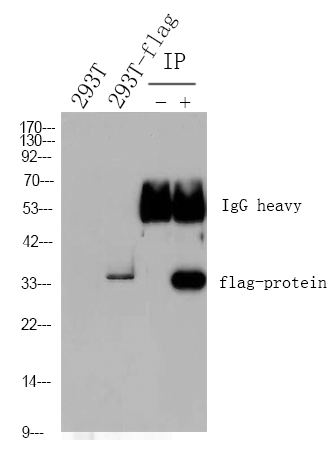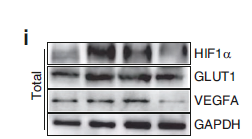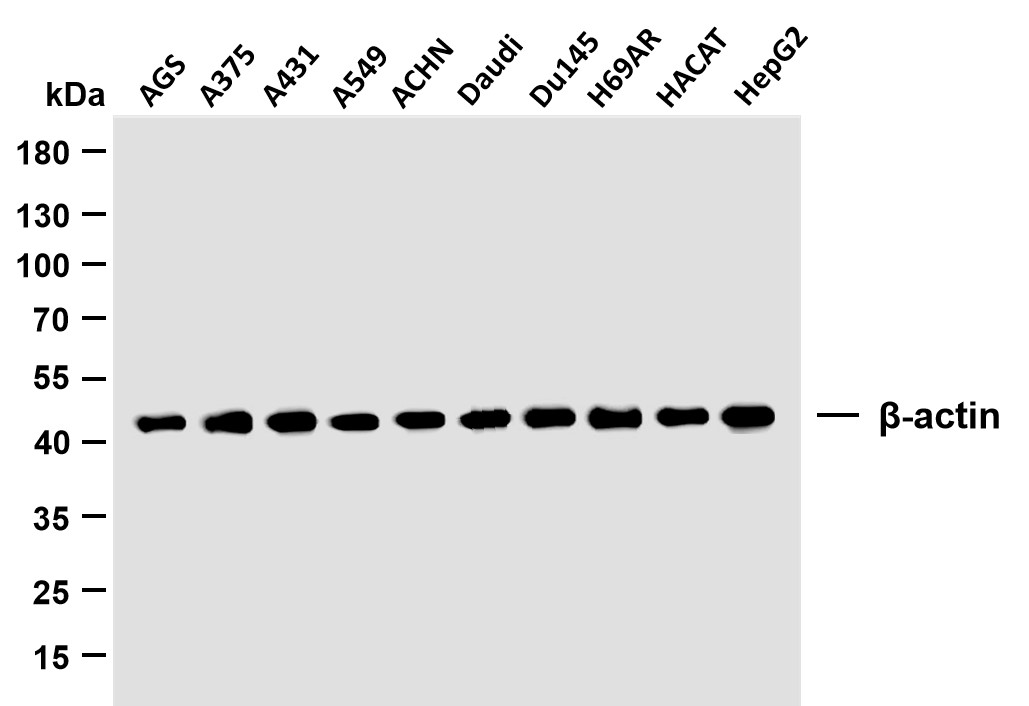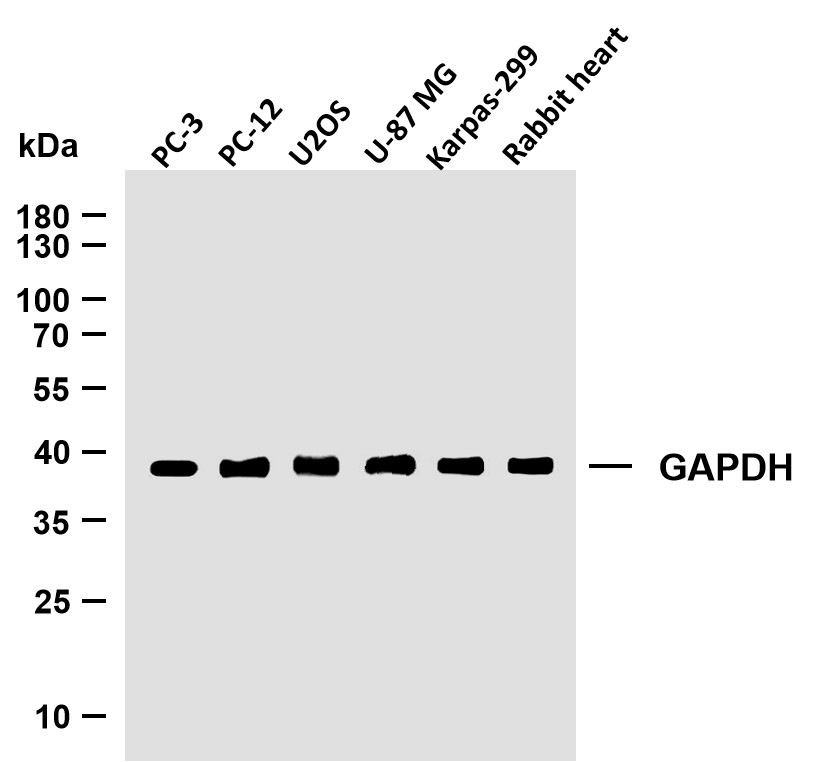
Catalog: YM8083
Size
Price
Status
Qty.
200μL
$600.00
In stock
0
100μL
$340.00
In stock
0
40μL
$190.00
In stock
0
Add to cart


Collected


Collect
Main Information
Target
Catalase
Host Species
Rabbit
Reactivity
Human, Mouse, Rat,
Applications
WB, IHC, IF, IP, ELISA
MW
60kD (Calculated)
60kD (Observed)
Conjugate/Modification
Unmodified
Detailed Information
Recommended Dilution Ratio
IHC 1:200-1000; WB 1:1000-5000; IF 1:200-1000; ELISA 1:5000-20000; IP 1:50-200
Formulation
PBS, 50% glycerol, 0.05% Proclin 300, 0.05%BSA
Specificity
Endogenous
Purification
Protein A
Storage
-15°C to -25°C/1 year(Do not lower than -25°C)
MW(Calculated)
60kD
MW(Observed)
60kD
Modification
Unmodified
Clonality
Monoclonal
Clone Number
PT0146R
Isotype
IgG,Kappa
Related Products
Antigen&Target Information
Specificity:
Endogenous
show all
Gene Name:
CAT
show all
Protein Name:
Catalase
show all
Other Name:
CAT ;
Catalase
Catalase
show all
Background:
This gene encodes catalase, a key antioxidant enzyme in the bodies defense against oxidative stress. Catalase is a heme enzyme that is present in the peroxisome of nearly all aerobic cells. Catalase converts the reactive oxygen species hydrogen peroxide to water and oxygen and thereby mitigates the toxic effects of hydrogen peroxide. Oxidative stress is hypothesized to play a role in the development of many chronic or late-onset diseases such as diabetes, asthma, Alzheimer's disease, systemic lupus erythematosus, rheumatoid arthritis, and cancers. Polymorphisms in this gene have been associated with decreases in catalase activity but, to date, acatalasemia is the only disease known to be caused by this gene. [provided by RefSeq, Oct 2009],
Function:
Catalytic activity:2 H(2)O(2) = O(2) + 2 H(2)O.,cofactor:Heme group.,cofactor:NADP.,Disease:Defects in CAT are the cause of acatalasia (ACATLAS) [MIM:115500]; also known as acatalasemia. This disease is characterized by absence of catalase activity in red cells and is often associated with ulcerating oral lesions.,Function:Occurs in almost all aerobically respiring organisms and serves to protect cells from the toxic effects of hydrogen peroxide. Promotes growth of cells including T-cells, B-cells, myeloid leukemia cells, melanoma cells, mastocytoma cells and normal and transformed fibroblast cells.,online information:Catalase entry,PTM:The N-terminus is blocked.,similarity:Belongs to the catalase family.,subunit:Homotetramer.,
show all
Cellular Localization:
Cytoplasm
show all
Tissue Expression:
Brain,Cajal-Retzius cell,Erythrocyte,Eye,Fibroblast,Kidney,Liver,Placenta,Platelet,Skin,Uterus,
show all
Research Areas:
>>Tryptophan metabolism ;
>>Glyoxylate and dicarboxylate metabolism ;
>>Metabolic pathways ;
>>Carbon metabolism ;
>>FoxO signaling pathway ;
>>Peroxisome ;
>>Longevity regulating pathway ;
>>Longevity regulating pathway - multiple species ;
>>Amyotrophic lateral sclerosis ;
>>Pathways of neurodegeneration - multiple diseases ;
>>Chemical carcinogenesis - reactive oxygen species
>>Glyoxylate and dicarboxylate metabolism ;
>>Metabolic pathways ;
>>Carbon metabolism ;
>>FoxO signaling pathway ;
>>Peroxisome ;
>>Longevity regulating pathway ;
>>Longevity regulating pathway - multiple species ;
>>Amyotrophic lateral sclerosis ;
>>Pathways of neurodegeneration - multiple diseases ;
>>Chemical carcinogenesis - reactive oxygen species
show all
Signaling Pathway
Cellular Processes >> Transport and catabolism >> Peroxisome
Organismal Systems >> Aging >> Longevity regulating pathway
Organismal Systems >> Aging >> Longevity regulating pathway - multiple species
Human Diseases >> Neurodegenerative disease >> Amyotrophic lateral sclerosis
Human Diseases >> Neurodegenerative disease >> Pathways of neurodegeneration - multiple diseases
Environmental Information Processing >> Signal transduction >> FoxO signaling pathway
Reference Citation({{totalcount}})
Catalog: YM8083
Size
Price
Status
Qty.
200μL
$600.00
In stock
0
100μL
$340.00
In stock
0
40μL
$190.00
In stock
0
Add to cart


Collected


Collect
Recently Viewed Products
Clear allPRODUCTS
CUSTOMIZED
ABOUT US
Toggle night Mode
{{pinfoXq.title || ''}}
Catalog: {{pinfoXq.catalog || ''}}
Filter:
All
{{item.name}}
{{pinfo.title}}
-{{pinfo.catalog}}
Main Information
Target
{{pinfo.target}}
Reactivity
{{pinfo.react}}
Applications
{{pinfo.applicat}}
Conjugate/Modification
{{pinfo.coupling}}/{{pinfo.modific}}
MW (kDa)
{{pinfo.mwcalc}}
Host Species
{{pinfo.hostspec}}
Isotype
{{pinfo.isotype}}
Product {{index}}/{{pcount}}
Prev
Next
{{pvTitle}}
Scroll wheel zooms the picture
{{pvDescr}}




















